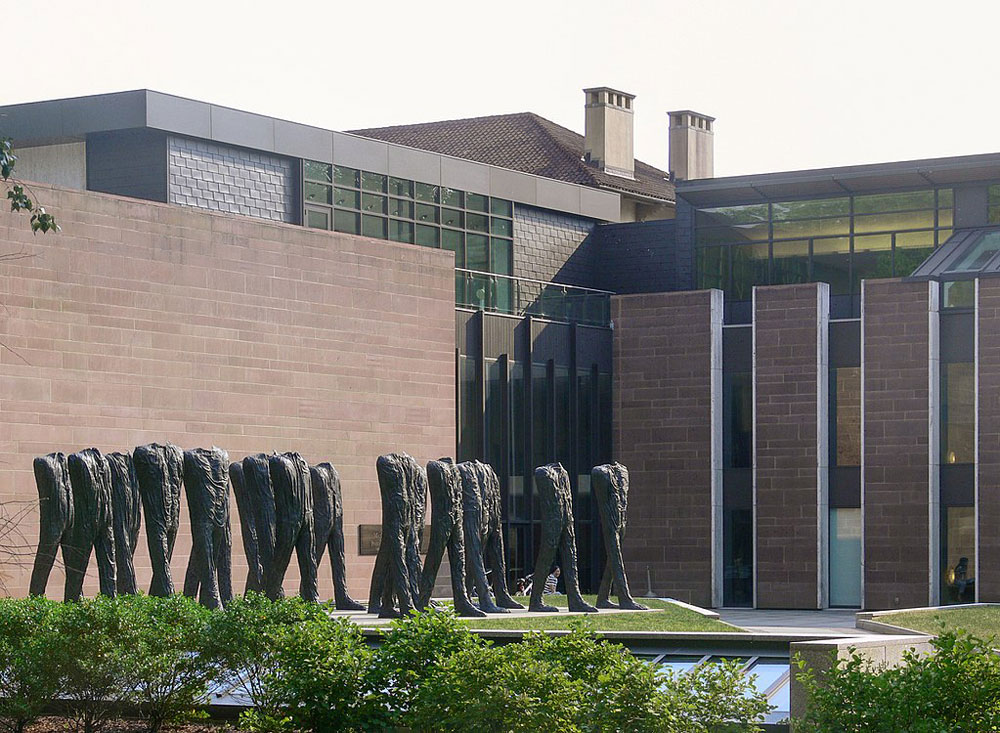
April 16, 2020; Star Ledger, “Opinion”
Under the Star Ledger banner on NJ.com, an op-ed written by three Princeton students and cosigned by another 49 protests the university’s plans to, among other things, decrease its reliance on temporary, hourly, and contract workers.
Molly Brune, Sujata Rajpurohit, and Maggie Tennis are graduate students at the Woodrow Wilson School of Public and International Affairs. They contrast this action, which is posed as a necessary cost-cutting act, against the size of the university’s endowment and then juxtapose it with the school’s mission “in service of humanity.”
The authors take no issue with the university’s plans to suspend salary increases and new hires, but concentrate on its plans to sever the incomes of “employees most likely to live paycheck-to-paycheck, placing them in a position of extreme hardship if they lose their wages.” They write:
As of Fiscal Year 2019, Princeton’s endowment stands at $26.1 billion—larger than the GDP of countries such as Iceland and El Salvador. But while these nations are rushing to develop economic relief packages for their citizens, Princeton hurried to set expectations that the university takes no responsibility for mitigating the financial impact of the pandemic on its workforce. What is the purpose of an endowment this large if it is not used to offset the extreme challenges of a crisis like the one we currently face?
Princeton’s financial reporting indicates financial flexibility. In 2015, Princeton’s Trustees decided to raise average annual spending from 5.75 percent to 6.25 percent of the endowment to “optimize the mix of the university’s three important types of capital—financial, physical, and human.” By its own account, the university can access $580 million through a line of credit and a commercial paper program specifically established to “help manage unanticipated liquidity needs.” Continuing to pay vulnerable workers for the remainder of the year would cost less than one month of the University’s average expenditure on salaries. One would think that with $10.6 billion net assets without donor restrictions and an annual operating budget of over $2.1 billion, the University could afford to embody fully its informal motto: “In Service of Humanity.”
Sign up for our free newsletters
Subscribe to NPQ's newsletters to have our top stories delivered directly to your inbox.
By signing up, you agree to our privacy policy and terms of use, and to receive messages from NPQ and our partners.
They go on to acknowledge that the university may well be worried about its own asset base in the current financial context, but argue that those institutional worries should not interfere with its responsibility to the most financially vulnerable in its community and to the notion of community in a pandemic.
“By offloading the pandemic’s economic consequences onto vulnerable workers,” they write, “Princeton reinforces the very policies that will hinder the nationwide economic recovery needed to replenish the endowment.”
We applaud the university’s commitment to the welfare of students during this crisis, illustrated by measures such as offering full coverage of COVID-19 illness-related expenses through university healthcare, allowing students without alternative options to remain on campus, and expanding pass-fail pandemic has revealed that often overlooked labor is, in fact, indispensable. These workers maintain our infrastructure, sanitize our spaces, and ensure that we are fed. They are risking their lives to safeguard our welfare. Will Princeton protect them?
The current moment is unprecedented. We do not doubt that the pandemic imposes a massive financial strain on the university, or that Princeton faces a grave challenge in retaining temporary hourly, casual, and contracted workers and providing adequate benefits during this crisis. But if our instruction at Princeton has taught us anything, it is that crises fall hardest on those whom the university now deems sacrificial. Princeton is in a privileged position to provide for its community when most other institutions, or even nations, cannot do the same.
New Jersey has been home to some very serious challenges to the property tax exemptions of major nonprofits, and Princeton itself has been one of the institutions called to task by the local community, so it is important to see this challenge in that context.—Ruth McCambridge













